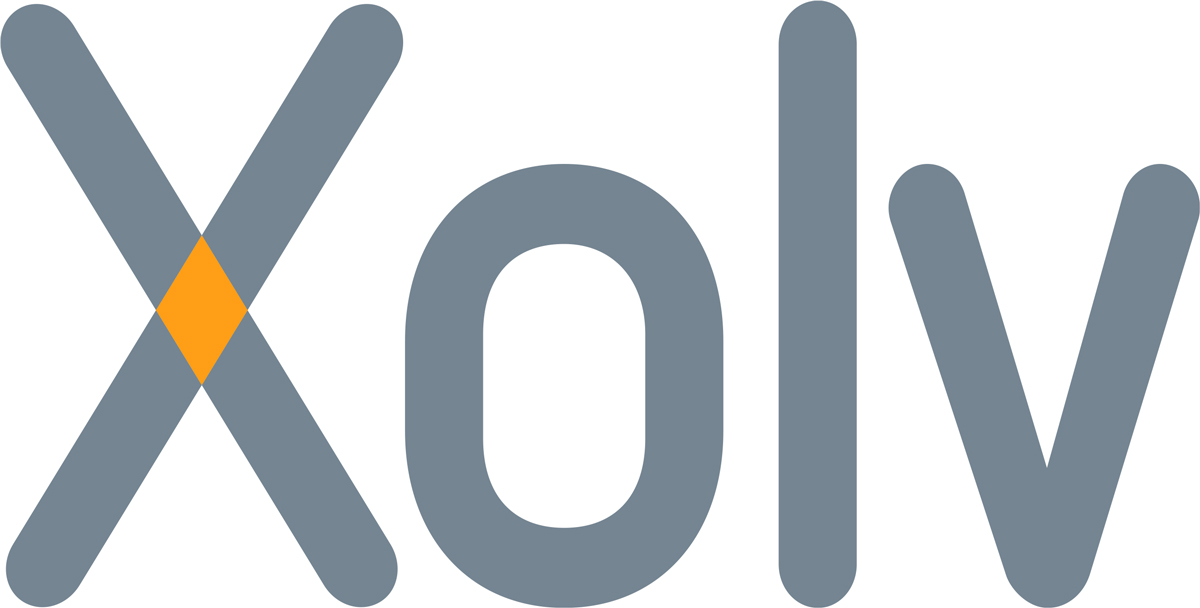The strange thing is that relative to 2022, retail sales are still rising. But due to rising costs (staff, purchasing, energy, logistics), there is apparently too little earning. Retail bankruptcies are expected to increase further. Other sectors will also be affected. Think of the construction sector, but also transport and logistics. Currently, consumer electronics show a slight decline in turnover. Remarkably, clothing is actually showing growth again. Recent bankruptcies and insolvencies were seen at Big Bazar, BCC, Vero Moda, VanMoof, Scotch & Soda, Peek & Cloppenburg, Makro Belgium and Leonidas.
More and more WHOA
More and more companies, think of Shoeby, for example, are applying for a WHOA route, which allows for reorganisation and refinancing through an extended cooling-off period. Often, creditors are asked to waive a fair share of their claims. WHOA was introduced in 2020, but due to the low number of insolvencies, it has been little used. We are now seeing an increase. Unfortunately, we see that some of the first WHOA trajectories still ended in bankruptcy (e.g. TOM, Office Centre).

Photo: CBS
Monitor creditworthiness well
It is therefore of paramount importance to properly monitor the creditworthiness of buyers. Credit insurers have the most up-to-date financial information to assess creditworthiness. This does not always mean that they will exit a risk immediately, but risks will be able to be reduced in consultation with suppliers if necessary. This will prevent or minimise debtor losses. Things can still go wrong very quickly and you can be surprised by bankruptcy. Credit insurance then saves you from a huge loss. A loss that might jeopardise the survival of your own company. Of course, you want to avoid that at all costs!



